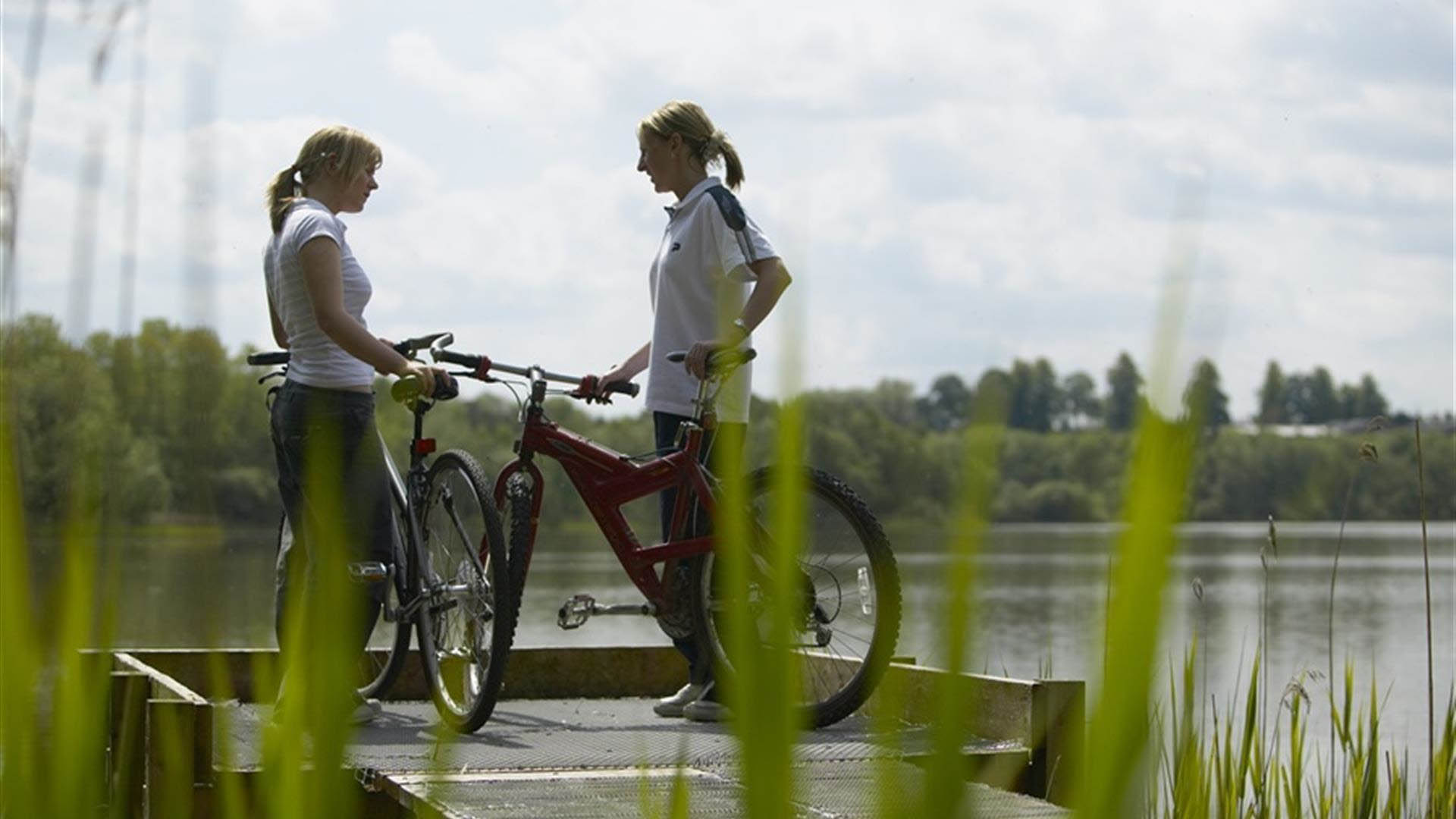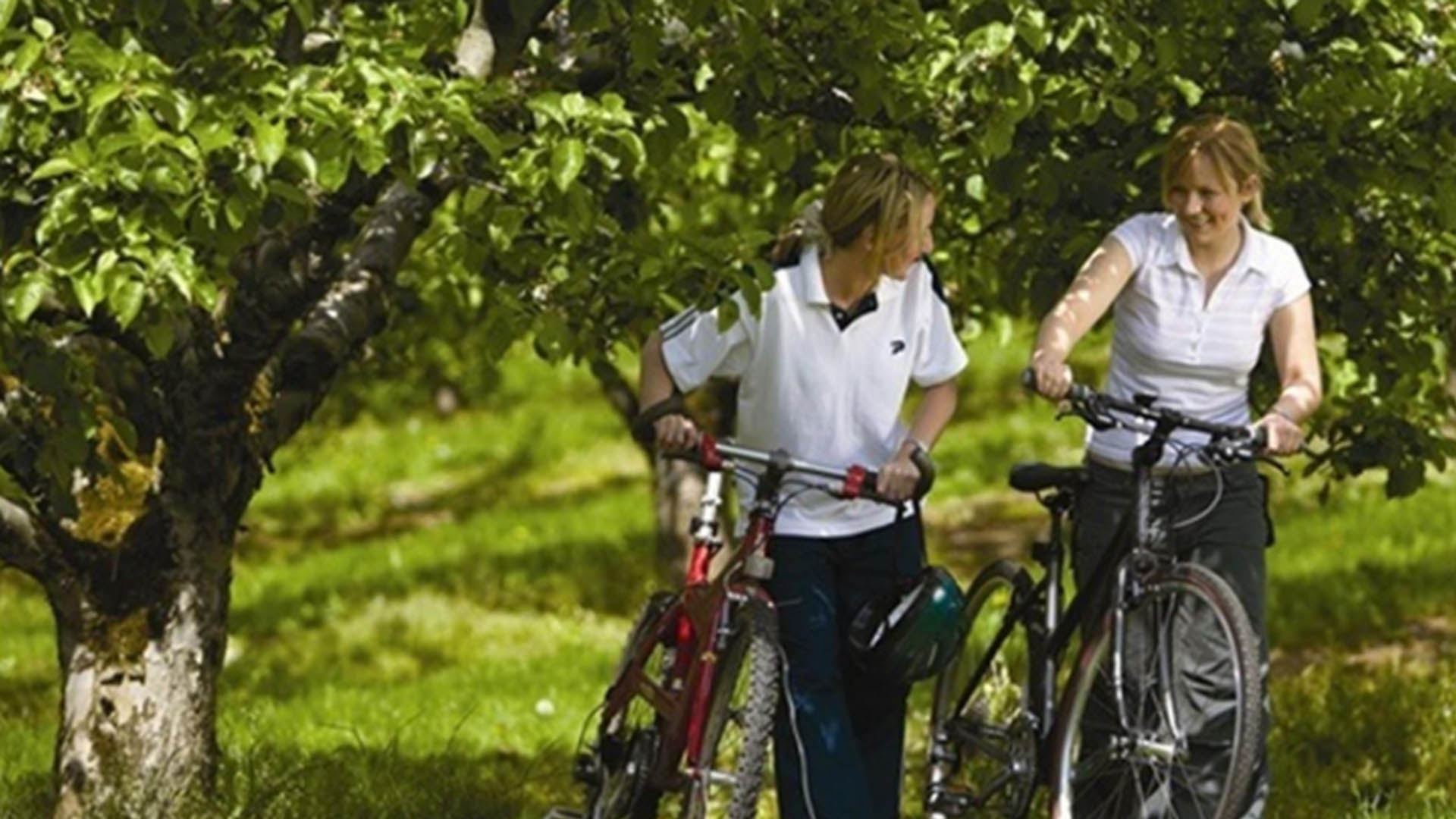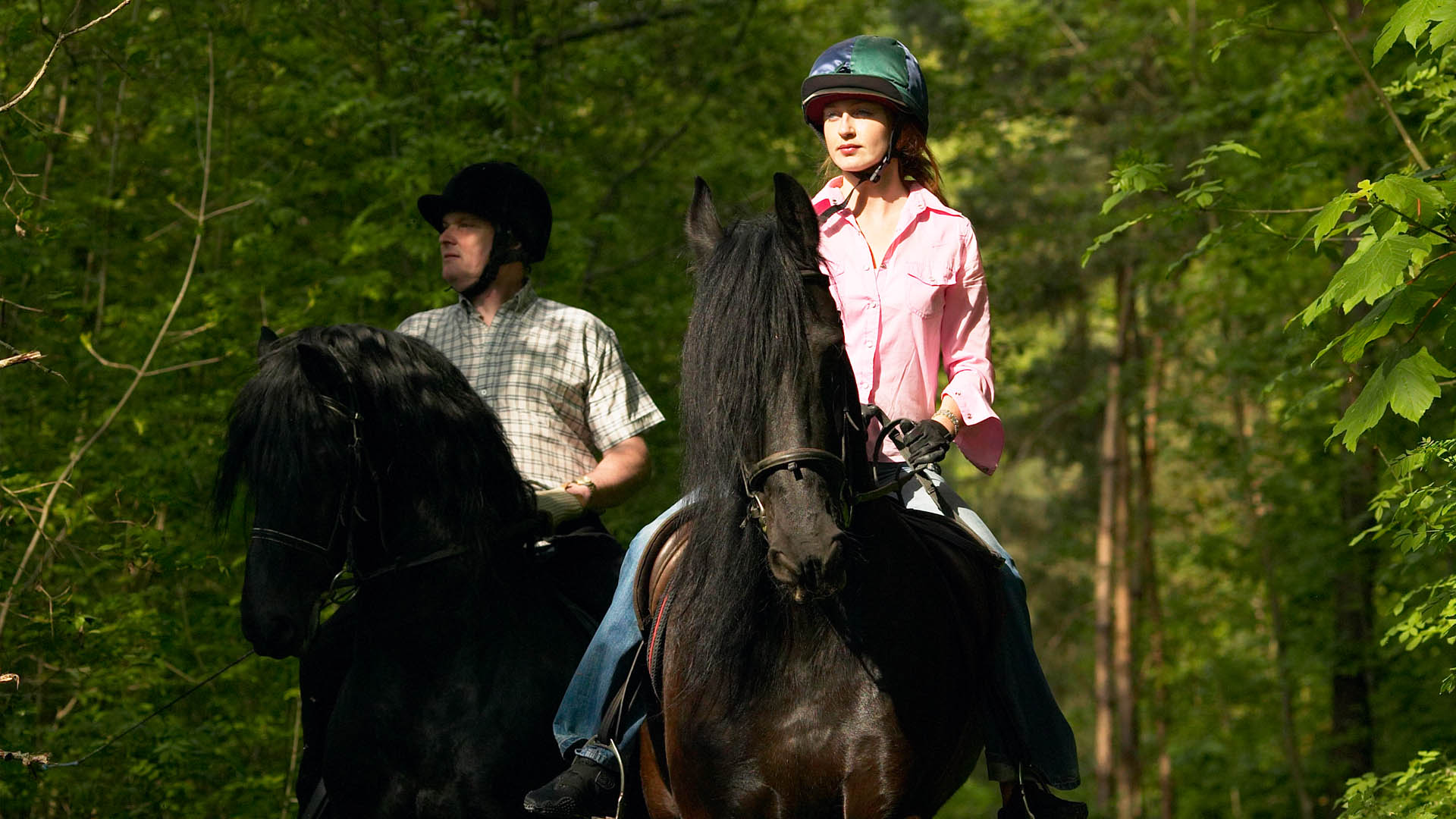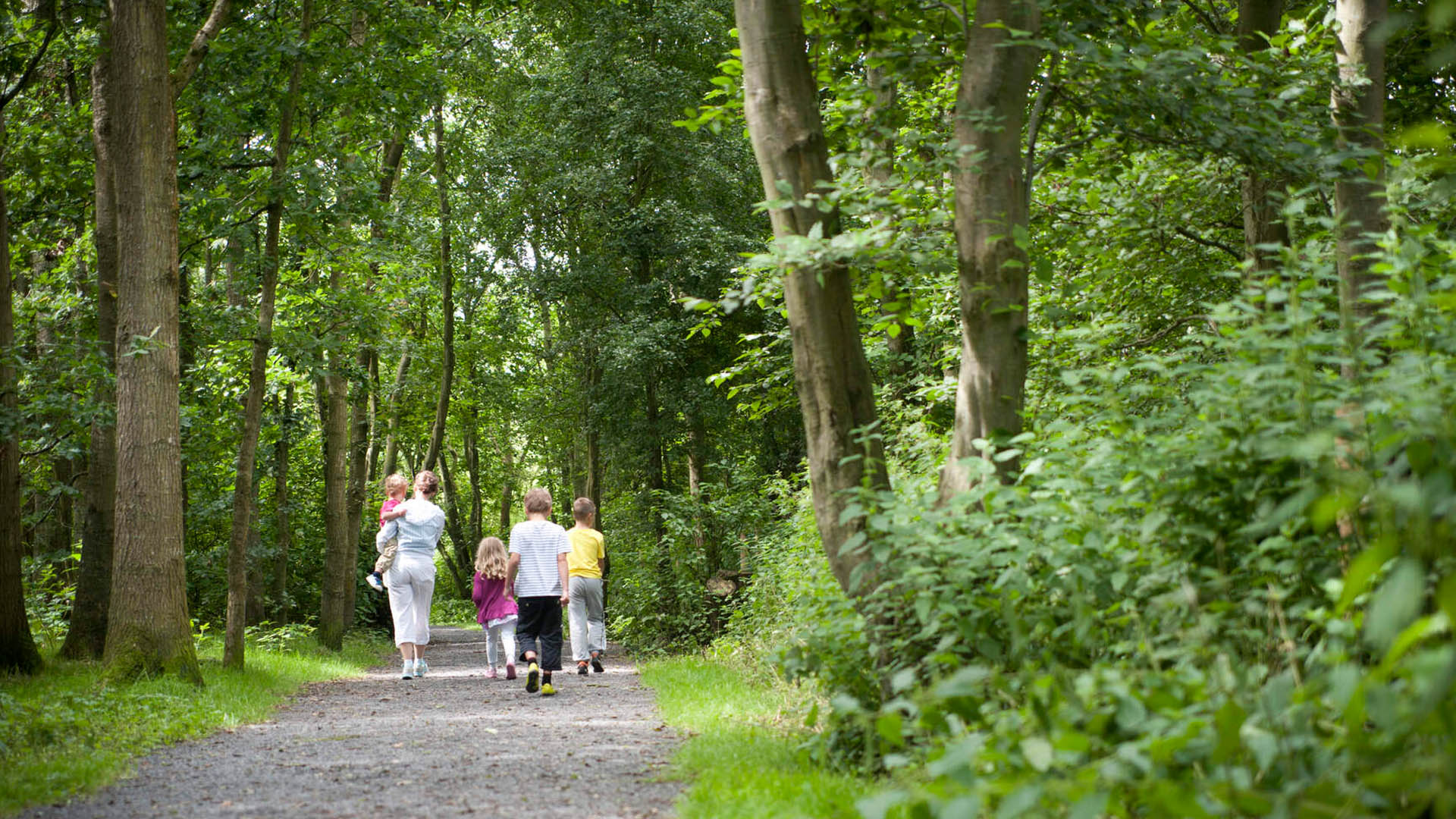Loughgall Country Park & Golf Course
PLAYING OUTDOORS DOES NOT BUILD CHARACTER, IT REVEALS IT
Loughgall Country Park & Golf Course is a rural haven of relaxation and recreation. A diverse spectrum of activities ranging from golf to walking, fishing to tennis make this spacious complex a mecca for families, sports enthusiasts and those merely in search of a helping of tranquility. The emphasis, indeed, is very much on family pursuits. Walking, cycling, a children’s play area, golf, fishing, an adventure trail, trim trail, football pitch and tennis courts are just some of the amenities on offer….
There’s something for everyone, from the zealous sports lover to the casual visitor who relishes the outdoor life. The extensive facilities offer considerable scope for pursuing a healthy lifestyle while at the same time providing an invaluable recreational outlet for children, even those of a very young age. Picnicking, jogging, and exercising are the optional extras.
Glaze & Roll are serving their amazing coffee and new deli range at the park on Saturdays and Sundays until 4.30pm. Watch their video here
Opening Hours
Nov | Dec | Jan | Feb | March
Monday – Thursday 9.00am – 4.00pm
Friday – 9.00am – 4.30pm
Saturday – Sunday 7.30am to 4.30pm
April
Monday – Friday 9.00am – 7.30pm
Saturday 7.00am – 7.30pm
Sunday 7.30am – 7.30pm
May | June | July | August
Monday – Friday 9.00am – 9.30pm
Saturday 7.00am – 8.30pm
Sunday 7.30am – 8.30pm
Sept
Monday – Friday 9.00am – 8.00pm
Saturday 7.00am – 8.00pm
Sunday 7.30am – 8.00pm
Oct
Monday – Friday 9.00am – 6.30pm
Saturday 7.00am – 6.30pm
Sunday 7.30am – 6.30pm
Bank Holidays Opened from 9.00am
Loughgall Country Park & Golf Course is situated just over 5 miles from Armagh City and directions can be found at:
Activities & Adventure

Get on course for a golf feast… Loughgall Country Park and Golf Course has been designed to provide all golfers with a test of skill and composure.
And what golfer could ask for more? A course that both challenges and teases offers a credible examination of concentration and confidence. Certainly, the front nine holes of this eye-catching par 72 creation will surely ask some pertinent questions of golfers irrespective of their handicap. The 3547 yards to be covered incorporate the mischievous par 3 5th hole at 223 yards and the testing par 5 9th at 614 yards.
The shorter back nine presents an opportunity to perhaps restore lost ground by picking up shots with short par fours but watch out for the tricky 17th – don’t say you haven’t been warned! With water hazards, bunkers and some cleverly-placed sloping areas, the course is meant to bring out the best in those using it. The fairways, although generous, still ensure that those guilty of errant shots will pay a penalty whereas smart club selection and strategic play will be rewarded with better scores.
The greens have been constructed to USGA (sand based) specification and with an average size of 700m sq some lengthy putts are usually the order of the day. Overall, if your goal is a golfing challenge in appealing surroundings at a reasonable price, then you will have found it at Loughgall Country Park & Golf Course.

Loughgall Country Park is nothing if not an angler’s paradise. The well stocked 37-acre ‘Lough’ – the dominant feature of the Park overall – is certainly proving to be a magnetic attraction for fishermen from near and far.
With 100 fishing stands now fully operational – there are facilities for the disabled included, of course – it means that the ‘Lough’ has more than adequate accommodation for those from the angling fraternity wishing to indulge in their passion.
The lake waters tend to vary in depth from summer to winter through rainfall affecting small feeder streams. But there is one significant constant – fish stocking is carried out to ensure that the overall quality of fishing is maintained at a high level.
And it’s hardly surprising that regular competitions are organised by Angling clubs for both coarse matches and pike fishing. The venue is used as part of the Blackwater Open which attracts the top match anglers for what is a major two-day Competition. Lough Muckno in Castleblayney is the other venue used in this cross-border competition which is aided through European Funding from the Blackwater Regional Partnership.
Given that the natural fish species in the Lough include roach, perch, tench and eels as well as carp and bream along with pike of course it is easy to understand why anglers flock to Loughgall to cast their lines.
A Coarse Fishing rod licence must be produced before a daily or yearly ticket can be purchased. There are adult and junior rates. Licences can be purchased at the Country Park Shop.
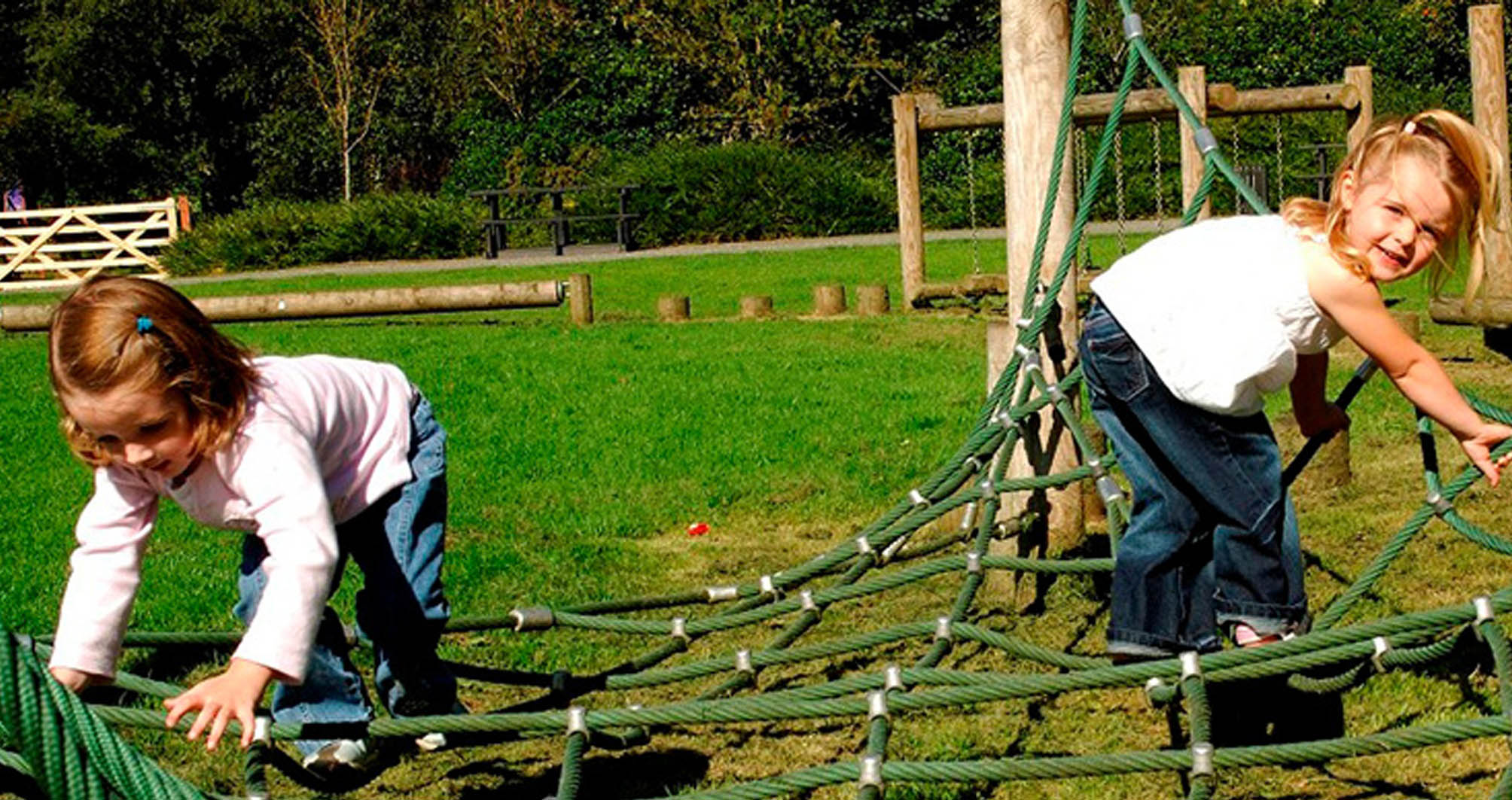
For the younger generation we have a play area and a junior adventure trail. It includes an array of traditional play equipment such as swings, slides and climbing frames. Children can also enjoy a mini-assault course that gives them the chance to develop coordination, balance, agility, athleticism and stamina in a non-competitive environment.

Loughgall Country Park has an outdoor gym and a Trim Trail to help you improve your fitness.
The outdoor gym has 6 stations and is located close to the main centre.
The Trim Trail is made up of 13 outdoor exercise stations spread out around the bridle path route

Loughgall Country Park has a multi-use games area and a grass arena, both of which are available to hire.
Two tarmac tennis courts are available free of charge but it is advisable to book prior to playing to avoid disappointment.
Prices for the grass arena are currently:
Adult with changing £41.00
Adult no changing £32.50
Junior with changing £26.50
Junior no changing £21.50
Practice area used for training Senior £10.50
Practice area used for training Junior £6.60
April 23 – March 24
Fishing
Adult
Daily £4.40 | Annual £39.80
Junior & Concession
Daily £2.90 | Annual £33.60
Club membership
£39.80
Night fishing
£11.00 1 per night | £5.10 each night thereafter
Night fishing
£102.00
Fishing groups
10-19 £3.20
20-29 £3.00
30+ £2.20
Bridle Path
Daily
£5.00
Annual Loughgall
£58.00
Annual Loughgall & Gosford
£94.00
Football Pitch
Adult [with changing]
£41.80
Adult [no changing]
£33.20
Junior [with changing]
£27.00
Junior [no changing]
£22.00
Practice Area [Adult]
£10.70 per hour
Practice Area [Junior]
£6.70 per hour
Locker | Room Hire
Locker Hire
Annual £22.00
Committee Room Hire
£21.00
Car Daily
£2.60
Car Annual
£12.40
Car Daily Concession
£1.60
Car Annual Concession
£10.70
Car Annual Pass (Gosford and Loughgall)
£35.20
Car Annual Pass Concess (Gosford and Loughgall)
£22.90
Mini Bus daily
£4.00
Coach daily
£5.70
Parking is included when paying for golf, fishing or grass arena. Please note, upon entering the Park, you will reach a barrier, please come into Reception on your left to pay for the parking and the receptionist will lift the barrier.
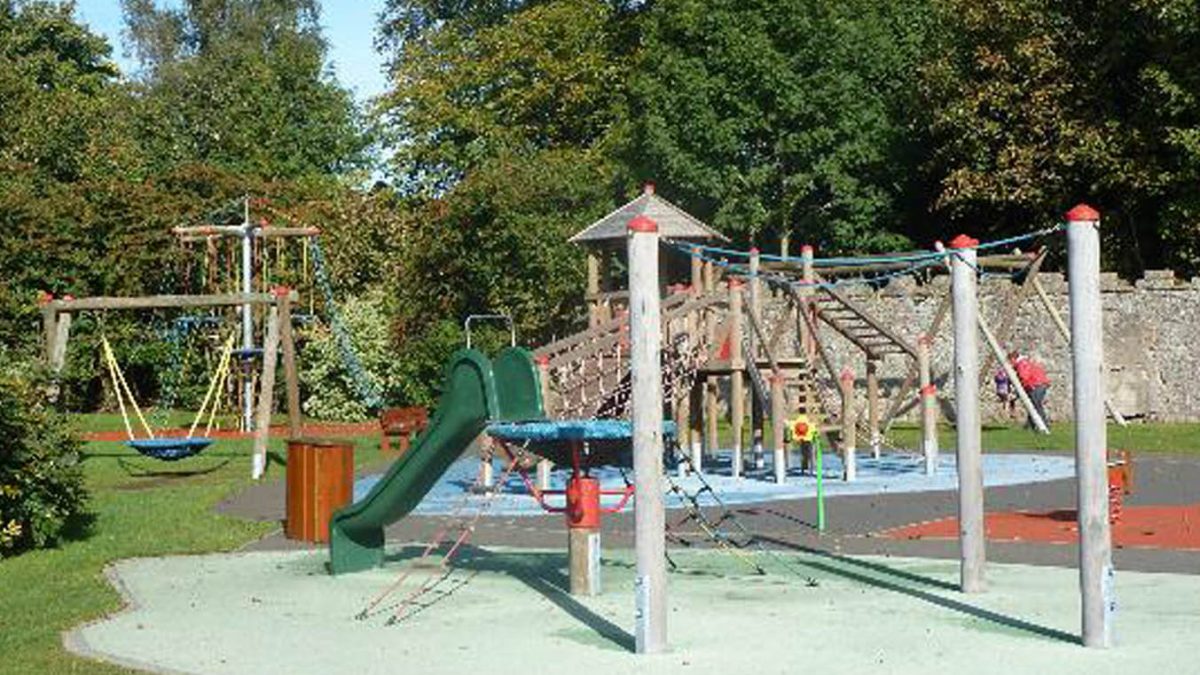
Pitch up at one of our beautiful barbecue and picnic areas as part of a fun day out in the park. From small family gatherings to larger groups, our designated areas cater for all needs.
Adjacent to our adventure play areas, with picnic tables and a selection of barbecue hearths, stands and spots for disposable barbecues, just bring along good food and company!
There is a shop onsite with tea/coffee making facilities, however, there are no catering facilities,
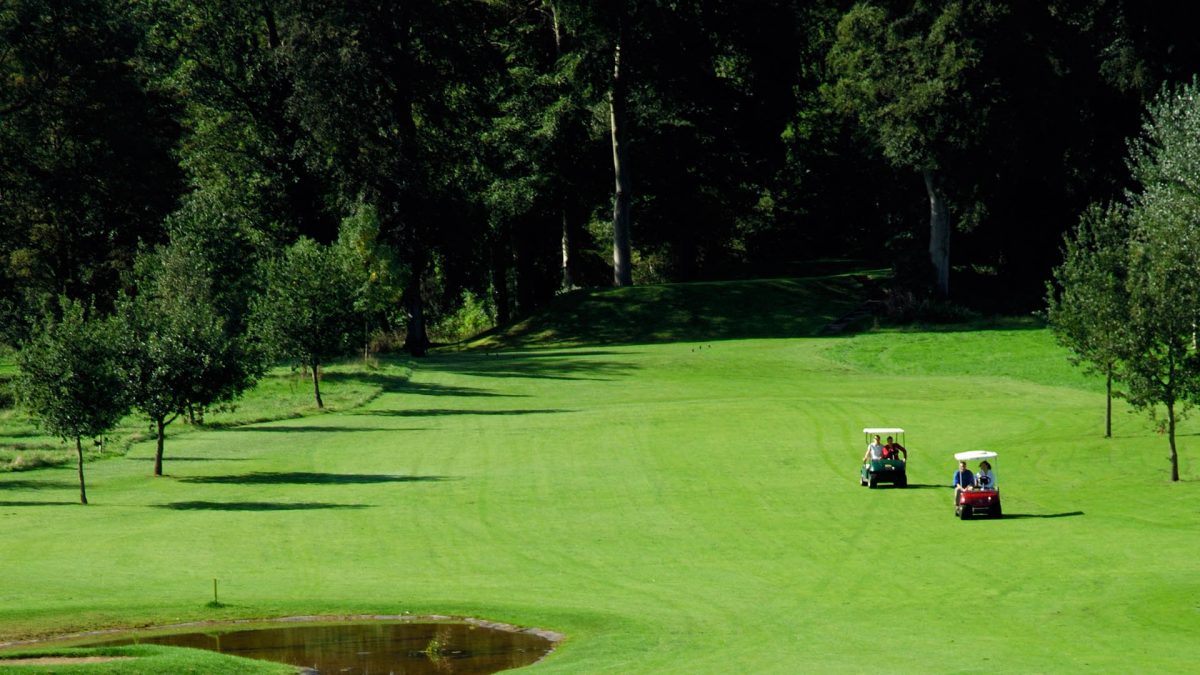
Disabled Go works in partnership with the Council to provide an access guide to over 450 public venues. A range of venues are included in the guide such as leisure centres, shops, hotels, restaurants, council buildings, community centres, places of worship and many more.
Other GetActiveABC Outdoor Adventures
News
Expression of Interest for SUMMER PROGRAMME BOOKINGS AT RICHHILL RECREATION CENTRE
If you are interested in applying to provide Summer programme bookings at Richhill Recreation Centre please read through the guidance notes below and complete the application form. Download Guidance NotesDownload Application Form Submit a copy of the Application Form to the Council by 4:00pm on Wednesday 8th May 2024. With your Application Form, you must…
Read MoreJoin a winning team: ABC Sports Forum affiliation now open!
Team up with the ABC Sports Forum for tailored support, resources, guidance and much more to take your game to the next level! Working in partnership with Armagh City, Banbridge and Craigavon Borough Council, the ABC Sports Forum is a voluntary body that provides a voice for local sport and works to encourage its development…
Read More
